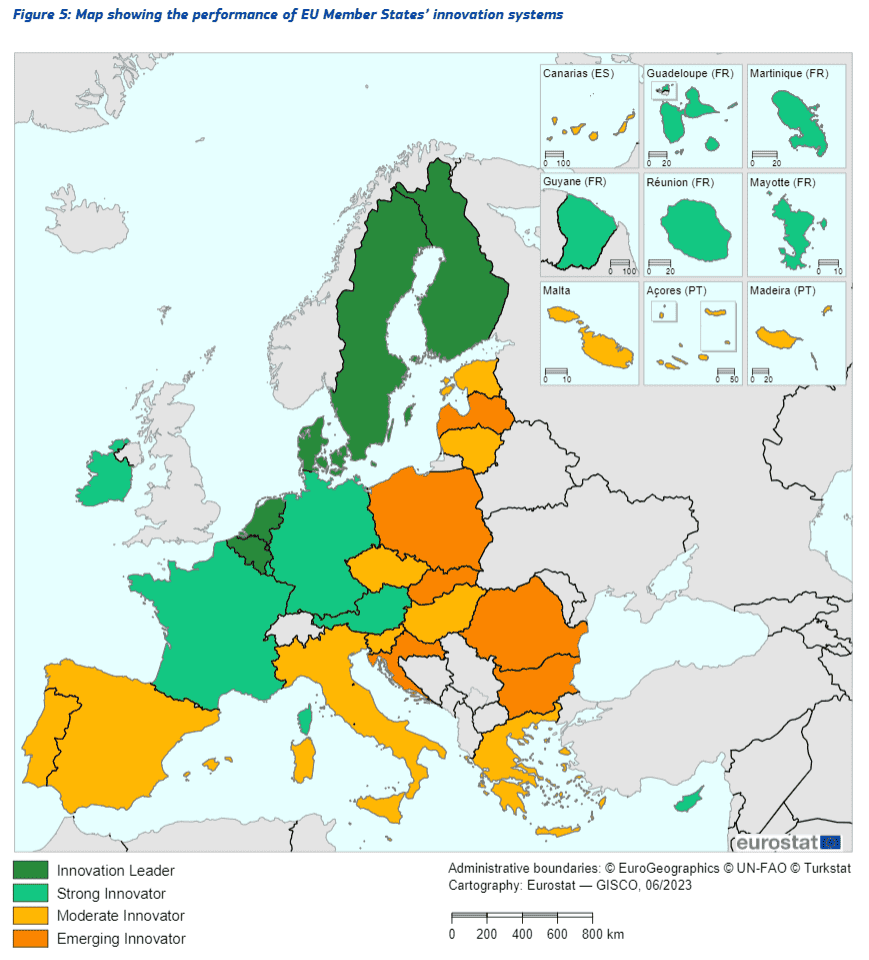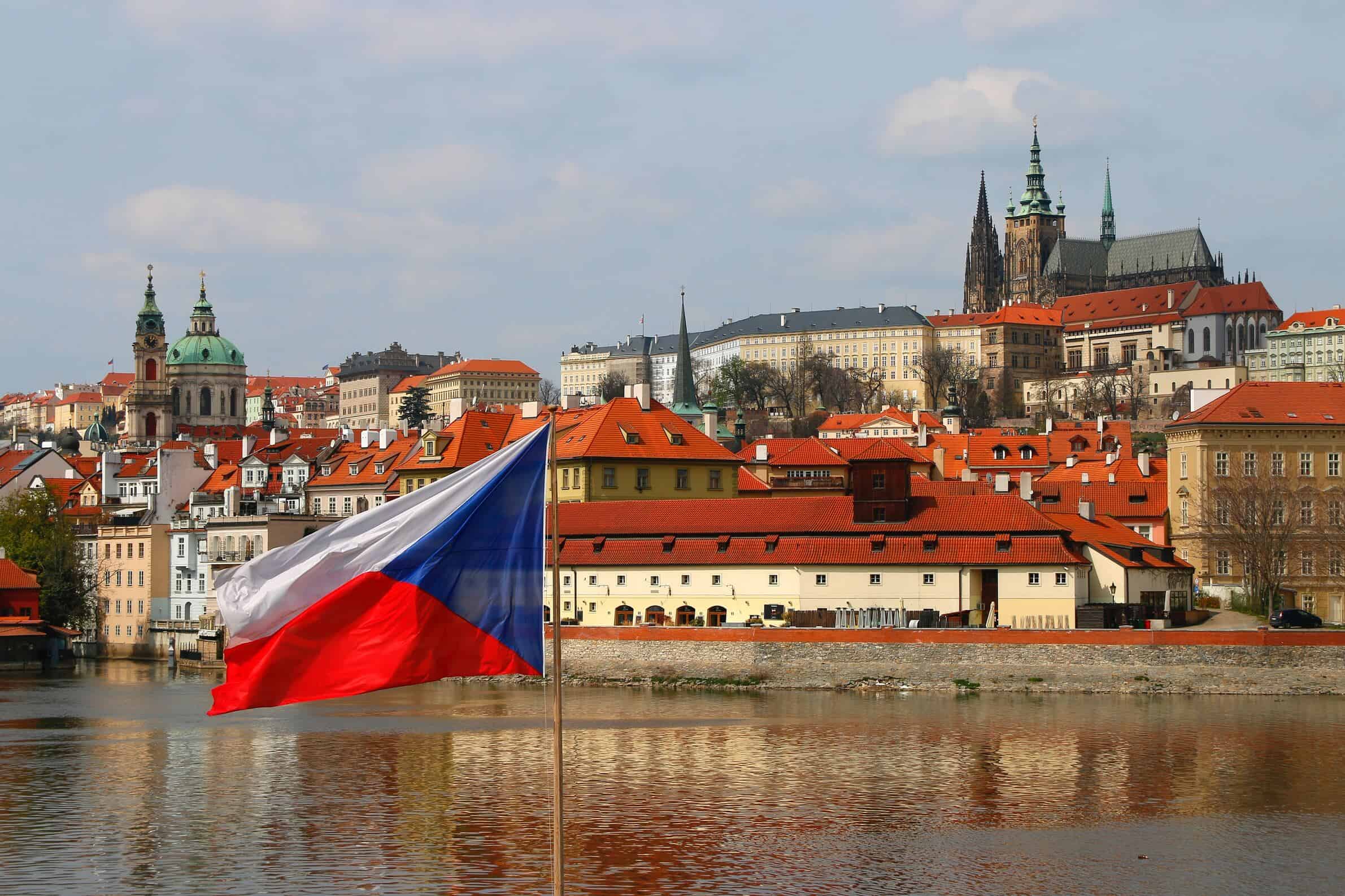Smart cities represent a burgeoning global trend, focusing on enhancing city dwellers’ daily lives through improved infrastructure, innovation, technology, and services. In the Czech Republic, various elements of this concept are being implemented. This article aims to shed light on these initiatives, evaluate their success, and draw comparisons with international counterparts.
For the average Czech citizen, the concept of a smart city might seem complex. However, the transition towards smarter cities doesn’t necessitate immediate, sweeping changes. Often, smaller, systematic projects are sufficient. Utilizing modern technology, precise data collection, and targeted initiatives, these projects aim to tackle existing challenges and incrementally improve residents’ quality of life.
The momentum for smarter cities, municipalities, and regions is only expected to grow. The proliferation of these locales will coincide with a surge in enterprises offering innovative solutions and implementing new technologies. Such companies are anticipated to secure an increasing number of contracts, enhancing their profitability. This trend is likely to attract investors, who will view these enterprises as less risky investments.
Recent advancements in technology and innovation have been pivotal in driving the smart city trend. In the Czech Republic, smart city projects vary in scope and success, from traffic management systems to energy-efficient buildings. These initiatives leverage cutting-edge technology to streamline urban services, reduce environmental impact, and improve overall city management. Comparing Czech smart city projects with those abroad also offers valuable insights.
Czech Smart Cities
As the discussion delves into the efficacy and global standing of Czech smart cities, it’s crucial to acknowledge that local municipalities – cities, towns, and regions – play a pivotal role in this evolution. These local bodies are best positioned to understand and cater to their specific developmental needs, resources, and challenges. They are at the forefront of designing and implementing policies that affect their inhabitants’ long-term well-being.
Despite understanding their needs well, Czech cities face significant hurdles in realizing the full potential of the Smart City concept. While there have been individual success stories, the majority of smart city projects have not transitioned into regular operation. The Czech Republic’s performance in innovation significantly lags behind the EU average. The 2023 European Innovation Scoreboard places the country as a “moderate innovator.”[1]
 This gap is further exemplified by the country’s slipping positions in international Smart Cities rankings, notably Prague’s fall from a 2020 4th to a 2023 14th place in the notorious IMD ranking.[2] Traffic congestion and urban planning issues are among the most cited unresolved challenges impacting these rankings.
This gap is further exemplified by the country’s slipping positions in international Smart Cities rankings, notably Prague’s fall from a 2020 4th to a 2023 14th place in the notorious IMD ranking.[2] Traffic congestion and urban planning issues are among the most cited unresolved challenges impacting these rankings.
Innovative Urban Solutions in the Czech Republic
Smart initiatives within the Czech Republic mostly follow a path of implementation that begins in Prague and then spills over to other areas. This enables municipalities with less funding than the Capital to adapt technological solutions without the initial expenditure for research and testing.
Driverless Metro Systems: A Future Prospect for Prague
In the realm of public transportation, driverless metro systems have become a staple in cities worldwide, including Nuremberg, Barcelona, Budapest, Sao Paulo, and Paris. Prague, hosting the Czech Republic’s only metro system, has been planning to join this trend with its new D line and upgrades to the existing line C. Despite the conception of these plans and the procurement of automatic, computer-controlled cars, actual implementation remains in the future, with the first automated metro cars slated to hit the tracks by 2027.
Electric Vehicle Charging: Integrating with Street Infrastructure
The capital city of Prague is spearheading a project to integrate electric vehicle chargers into streetlamps, in line with the Smart Prague 2030 strategy. This initiative, undertaken by the Prague energy company PRE, aims to install 82 charging stations on new public lighting lamps between 2021 and 2022 as part of a pilot project. By 2030, the plan is to replace over 4,000 lamps, incorporating charging stations into the design, with aspirations to extend this infrastructure beyond Prague.
Smart Public Transport Stops: Expanding Across Cities
Smart public transport stops, first launched in Prague in 2015, have seen a successful expansion to other Czech cities. These stops provide amenities such as smartphone charging, Wi-Fi connectivity, LCD monitors displaying timetables, and navigation for pedestrians and cyclists. The concept, initially realized on Na Příkopě Street with designs from the studios of Eduard Herrmann and Matěj Coufal, has since seen other iterations, including prototypes by Olgoj Chorchoj studios on Palackého náměstí.
In Brno, similar innovations have been introduced at Moravské náměstí, featuring additional facilities like LED screens for comprehensive travel and city information, security features, and environmental sensors. Despite these advancements, many of these stops are still considered to be in a pilot or test phase.
5G Network: A Slow Progression
The advent of 5G networks has been much anticipated for its potential to revolutionize connectivity and technology. However, the rollout in the Czech Republic has been slow and fraught with challenges, including issues with frequency auctions and concerns about the projected speed of the network compared to neighbouring countries. Trials have been limited to select cities with Prague and Kolín being the notable areas where 5G has been introduced commercially. Meanwhile, other cities like Pilsen face significant hurdles, lacking the necessary frequencies to even test the technology.
Prague
Launched in 2016, the Smart Prague initiative[3] stands as the city’s foundational strategy for transforming into a futuristic, more liveable urban space. Encompassing a broad spectrum of sectors, the initiative focuses on six key areas: future mobility, smart buildings and energy, waste-free city, attractive tourism, people, and urban environment.
|
Area of innovation |
Number of projects |
|
Mobility of the future |
13 |
|
Smart buildings and energy |
16 |
|
Waste-free city |
3 |
|
Attractive tourism |
1 |
|
People and the urban environment |
29 |
| Data area |
2 |
Mayor Zdeněk Hřib emphasizes the pivotal role of cutting-edge technologies and the utilization of data through the Capital City of Prague’s Data Platform Golemio:[4] “The Smart Prague 2030 concept is based on the use of state-of-the-art technologies to transform the metropolis into a more pleasant place to live. Projects that will really help to improve the quality of life of Prague citizens must be based on information obtained through the Data Platform of the Capital City of Prague Golemio. Thanks to the Action Plan, the city will have a stack of projects, and we will also be able to evaluate the success of their implementation.”
Golemio stands at the center of Prague’s smart city initiatives as a pivotal data platform that enables the integration of city applications and data management.[5] Its capability to handle large volumes of data, including those previously neglected due to technical or legal constraints, marks a significant advancement in urban data handling. Golemio is designed to not only store and process data but also to enhance the functionality and interconnectivity of various city services and applications.
A key objective of Golemio is to establish an open infrastructure, offering access to predefined public data while allowing for the flexible combination of these datasets. The platform is expected to facilitate more efficient urban operations, leading to improved living conditions for both residents and visitors. By leveraging data-driven insights, the city can better address infrastructural needs, environmental concerns, and public services, thereby enhancing overall urban experience and sustainability.
While many cities grapple with updating their infrastructure to integrate IoT, Prague has proactively established a centralized strategy, earmarked with significant funding. The Smart Prague plan has allocated approximately Kč 600 million towards various projects aimed at modernizing city infrastructure and services with IoT capabilities. At the helm of these endeavors is Operátor ICT, a city-managed entity responsible for a range of innovations including the Lítačka Prague public transit card.
A series of pilot projects under the Smart Prague initiative illustrates the city’s commitment to innovation. These include solar-powered benches equipped with WiFi and phone charging capabilities, along with smart trash bins that compact waste and inform collection services when they are full. Beyond these, the city is exploring or implementing several other projects. These include smart sensors in buildings for enhanced energy management, electric vehicle charging stations, and comprehensive city-wide sensors aimed at creating a 3D model of Prague. This model intends to revolutionize traffic flow management and urban planning.
While currently smaller in scale compared to tech hubs like London and New York, Prague’s rapid advancement in technology and entrepreneurship showcases its potential to lead and innovate in the smart city domain. The city’s proactive and comprehensive approach to leveraging technology for urban development is setting a precedent, offering valuable insights and strategies for other cities worldwide.
Inspiration from other countries
Kastav, Croatia: Small City, Big Changes
Though perhaps unexpected, the Croatian town of Kastav has made notable strides in integrating smart city elements. Despite its recent foray into this field, Kastav has already reported significant outcomes, notably a 60% reduction in electricity consumption for public lighting. This example demonstrates that even smaller cities can make impactful changes and contribute to the broader smart city movement by adopting targeted, efficient technologies.
Vienna, Austria: A Model of Urban Progress
Vienna stands out as a leading example of a progressive and inspiring smart city, often referenced by Czech residents and politicians alike. The city is particularly known for its development of a new self-sufficient neighbourhood designed to accommodate tens of thousands of residents. Vienna’s approach goes beyond infrastructure to embrace a holistic urban strategy that includes enhancing public spaces, promoting sustainable transport options like walking and cycling, and integrating environmental protection measures.
A significant aspect of Vienna’s urban strategy is its focus on new technologies and sustainable housing, preparing its inhabitants for a smooth transition into future lifestyles. The city’s innovative approaches and housing policies have not gone unnoticed, earning accolades from prestigious organizations such as UNESCO and Netexplo. Vienna’s comprehensive and forward-thinking strategy provides a valuable blueprint for other cities aiming to embrace the smart city concept.
Conclusion
The journey towards becoming a “smart” city is complex and requires a multifaceted approach. For Czech cities to advance and regain their standing, a concerted effort in embracing technology, fostering innovation, and prioritizing sustainable urban development is essential. Municipalities must actively seek out and implement best practices from leading smart cities globally while also innovating localized solutions that cater to their unique urban challenges.
Moreover, addressing the innovation deficit is crucial. Investing in research and development, fostering public-private partnerships, and creating an ecosystem conducive to technological advancement will be key strategies. As municipalities take the lead, support from national policies and international collaboration can further accelerate the progress towards becoming smarter, more efficient cities.
In conclusion, while Czech cities have demonstrated the potential for becoming smarter and more sustainable, a significant journey lies ahead. By focusing on innovation, tailored solutions, and continuous improvement, there is an opportunity for Czech cities to enhance their liveability and climb back up in the global rankings of smart cities.
Sources
- https://op.europa.eu/en/web/eu-law-and-publications/publication-detail/-/publication/04797497-25de-11ee-a2d3-01aa75ed71a1 ↑
- https://www.imd.org/wp-content/uploads/2023/04/smartcityindex-2023-v7.pdf ↑
- https://smartprague.eu/en ↑
- https://www.themayor.eu/en/a/view/prague-approves-smart-city-action-plan-with-horizon-2030-6517 ↑
- https://www.themayor.eu/en/a/view/golemio-see-how-data-can-work-for-your-city-2462 ↑





